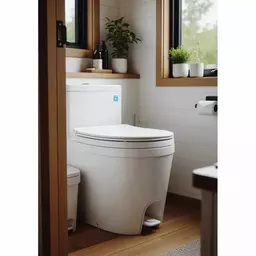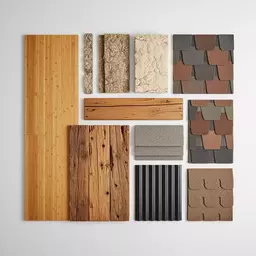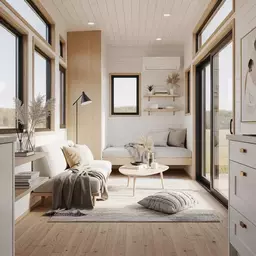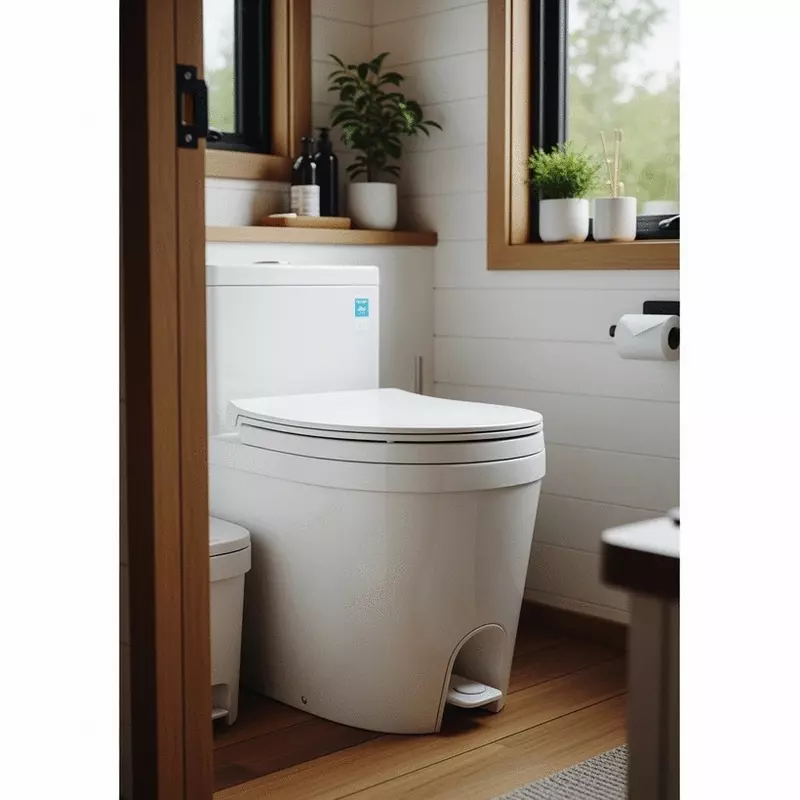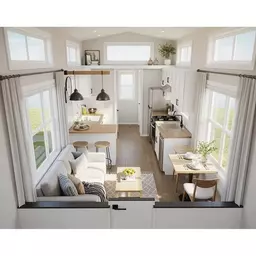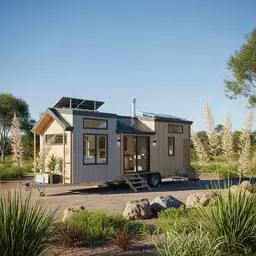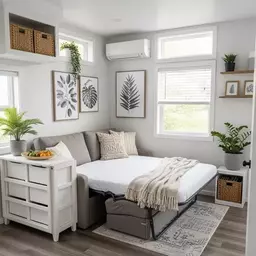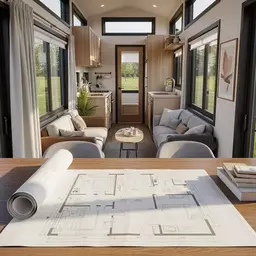Australian Tiny Home Building Rules
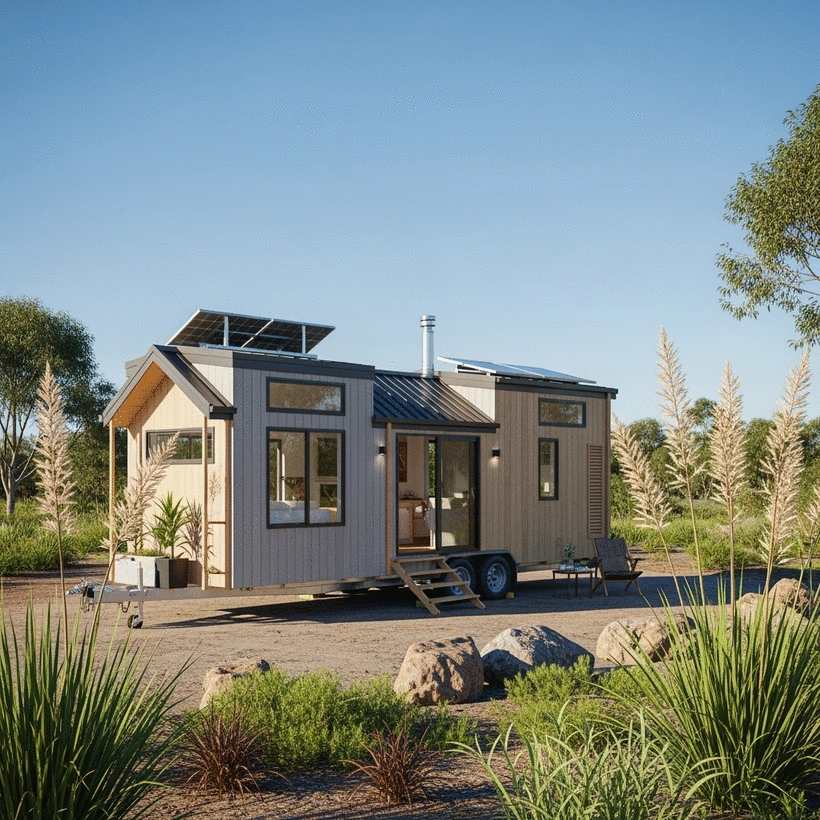
What if your dream of a cozy, clutter-free home could actually enhance your lifestyle? As tiny homes gain popularity across Australia, understanding the regulations that govern them is more crucial than ever. Let's explore the key insights that will empower you on your tiny living journey.
What You Will Learn
- Tiny homes are generally defined as dwellings under 50 square meters, with classifications based on size, mobility, and design.
- Understanding tiny home regulations is vital for ensuring safety, quality, and sustainability in your build, protecting your investment.
- Engaging with the Tiny House Association offers access to valuable resources, networking opportunities, and support for navigating legal challenges.
- Building relationships with local councils can provide crucial insights on zoning laws and expedite your approval process for tiny homes.
Navigating Australian Tiny Home Regulations: A Process Overview
Understanding the steps involved in building a tiny home is crucial for a smooth journey. This visual outlines the key stages from initial planning to final construction and community engagement.
STEP 1: Understand Tiny Home Classification
Define your tiny home (10-50 sqm). Consider mobility (wheels vs. fixed foundation) and design characteristics. This determines relevant regulations.
STEP 2: Research Local Zoning & NCC
Familiarize yourself with local zoning laws and the National Construction Code (NCC) for building standards. Check specific area allowances.
STEP 3: Engage with Local Councils Early
Schedule meetings to discuss plans, clarify zoning, and understand approval processes. Building rapport aids smoother communication.
STEP 4: Prepare Documentation & Application (DA)
Gather all required documents and prepare your Development Application. Ensure compliance to protect your investment.
STEP 5: Connect with Experts & Associations
Join the Tiny House Association, consult architects, attend workshops, and leverage online platforms for support and insights.
Understanding Tiny Home Regulations in Australia
As we embark on the journey of tiny home living, understanding the regulations surrounding this unique lifestyle is crucial. At Luxe Tiny Homes, we believe that knowledge is power, especially when it comes to navigating the legal landscape of tiny home regulations in Australia. Let's dive into what constitutes a tiny home, why these regulations matter, and how you can engage with the Tiny House Association effectively.
What Constitutes a Tiny Home? Classification Insights
A tiny home, generally defined as a dwelling under 50 square meters, offers an exciting opportunity for minimalist living. However, the classification can depend on various factors, including the home's mobility and the materials used in its construction. Here’s a brief overview of what falls under the tiny home category:
- Size: Homes typically range from 10 to 50 square meters.
- Mobility: Tiny homes can be built on wheels (trailers) or fixed foundations. You can learn more about specific state-by-state tiny house regulations for mobile dwellings.
- Design: They often incorporate innovative designs for efficient space usage.
Understanding these classifications will help you determine the necessary regulations and approvals needed for your build. For instance, in Queensland, comprehensive information on tiny homes and their regulations can guide your planning. With the right information, you can make informed decisions that align with your vision of sustainable living.
Why Tiny Home Regulations Matter for Your Build
Regulations are not just bureaucratic hurdles; they are essential for ensuring safety, quality, and sustainability in tiny home builds. Complying with these regulations helps in:
- Protecting your investment by ensuring your home meets safety standards.
- Enhancing the value of your property by adhering to local laws.
- Facilitating easier navigation through the approval processes.
Being aware of these regulations can prevent costly mistakes down the line. It's essential to stay informed and familiarize yourself with both local and national regulations that may impact your tiny home project. For example, Victoria has specific guidelines for small second dwellings which may apply to tiny homes.
Engaging with the Tiny House Association: Benefits for Builders
Joining the Tiny House Association can significantly benefit you as a builder or enthusiast of tiny living. This organization not only provides valuable resources but also fosters a vibrant community. Here are some key advantages:
- Access to exclusive workshops and webinars on tiny home regulations and designs.
- Networking opportunities with like-minded individuals and professionals.
- Support in navigating legal challenges and building codes.
Engaging with the Tiny House Association can enhance your knowledge and experience, making your tiny home journey smoother and more enjoyable. So, why not connect with them today and be part of a community that champions sustainable living?
Pro Tip
When engaging with local councils about your tiny home project, come prepared with research on zoning laws and examples of successful tiny home builds in similar areas. This approach not only demonstrates your commitment to compliance but can also foster a collaborative relationship with officials, making the approval process smoother and more efficient.
Frequently Asked Questions About Tiny Home Regulations
- What is the general definition of a tiny home in Australia?
- A tiny home is generally defined as a dwelling under 50 square meters. Its classification can vary based on factors like mobility (on wheels or fixed foundation) and design characteristics.
- Why are tiny home regulations important?
- Regulations are vital for ensuring the safety, quality, and sustainability of tiny homes. Compliance protects your investment, enhances property value, and simplifies the approval process.
- How can the Tiny House Association help me?
- The Tiny House Association offers valuable resources, including workshops, webinars, and networking opportunities. It also provides support for navigating legal challenges and building codes, making your tiny home journey smoother.
- Is it important to engage with local councils early in my tiny home project?
- Yes, engaging with local councils early is crucial. They can clarify zoning laws, guide you through approval processes, and offer insights not readily available elsewhere, fostering a smoother and faster approval.
- What are some key steps for planning my tiny home build?
- Key steps include researching local zoning laws, preparing your development application, meeting with council representatives, gathering community support, and exploring sustainable building materials and designs.
Final Thoughts on Building Your Tiny Home in Australia
As we wrap up our discussion on building your dream tiny home, it’s essential to reflect on the regulations and requirements that shape this unique journey. Understanding the laws surrounding tiny homes is not just about compliance; it’s about creating a safe, functional, and environmentally friendly living space. By navigating through these regulations, you’re not only protecting your investment but also enhancing your lifestyle.
When it comes to tiny home regulations, here are some key points to remember:
- Know the definition and classification of tiny homes in your area.
- Engage with local councils early in your planning process.
- Familiarize yourself with the National Construction Code (NCC) for building standards.
- Understand the differences between tiny homes on wheels and those on foundations.
Remember, taking these steps will pave the way for a smoother building process. It’s all about empowering yourself with knowledge!
Why Engaging with Local Councils is Crucial for Success
Engaging with local councils is more than just a box to tick; it’s a critical part of your tiny home journey! Building relationships with local council officials can provide you with insights that are not readily available in public documents. They can guide you through the maze of approvals and help you understand what your specific area allows when it comes to tiny homes.
Here’s why this engagement is vital:
- They can clarify specific zoning laws that may affect your build.
- Local councils often have resources or contacts that can aid in your approval process.
- Building a rapport can lead to smoother communication and faster responses.
- Understanding community expectations can help you design a home that fits into the local aesthetic.
Ultimately, when you involve local councils, you’re setting yourself up for long-term success. This proactive approach helps your tiny home project not only thrive but also contribute positively to the community!
Next Steps: Empowering Your Tiny Home Journey
Checklist for Approvals: Planning Your Build
Now that you have a grasp on the regulations, let’s discuss some actionable next steps to take. Using a checklist can help streamline your approval process and ensure you’re not missing any vital components. Here’s a handy list to get you started:
- Research local zoning laws and tiny home classifications.
- Prepare your development application (DA) and any required documentation.
- Schedule meetings with local council representatives to discuss your plans.
- Gather support from the community, if necessary, to advocate for your project.
- Explore sustainable building materials and design options that align with eco-friendly goals.
Taking these steps will empower you to move confidently toward building your tiny home. The excitement is building—are you ready to take the plunge?
Connecting with Experts and Resources for Guidance
The journey to tiny home living can feel daunting, but you don’t have to navigate it alone! Connecting with experts in the field is a great way to gain insights and support. Here’s how you can find the right resources:
- Join local tiny home groups or forums to share experiences and advice.
- Consult with architects or builders who specialize in tiny homes.
- Attend workshops or webinars focused on sustainable living and tiny home design.
- Leverage online platforms for valuable blogs, case studies, and community stories.
Having a support network can make all the difference in your experience. At Luxe Tiny Homes, we’re here to provide resources and guidance as you embark on this exciting adventure!
Exploring Home Financing Options for Your Tiny Home Project
Financing your tiny home is another crucial step that requires careful consideration. Unlike traditional homes, tiny homes may have different financing avenues available. Here are some options to explore:
- Personal loans specifically designed for tiny home purchases.
- Consider financing through credit unions that specialize in alternative housing.
- Look into government grants or incentives for sustainable housing.
- Explore crowdfunding as a means to gather support for your build.
Understanding your financing options can help you make informed decisions. With the right planning and resources, your dream of tiny living can soon become a reality!
Recap of Key Points
Here is a quick recap of the important points discussed in the article:
- Understand the classification of tiny homes, focusing on size, mobility, and design.
- Familiarize yourself with tiny home regulations to ensure safety and compliance.
- Engage with local councils to clarify zoning laws and streamline the approval process.
- Join the Tiny House Association for valuable resources and community support.
- Utilize a checklist to organize your planning and approval steps effectively.
